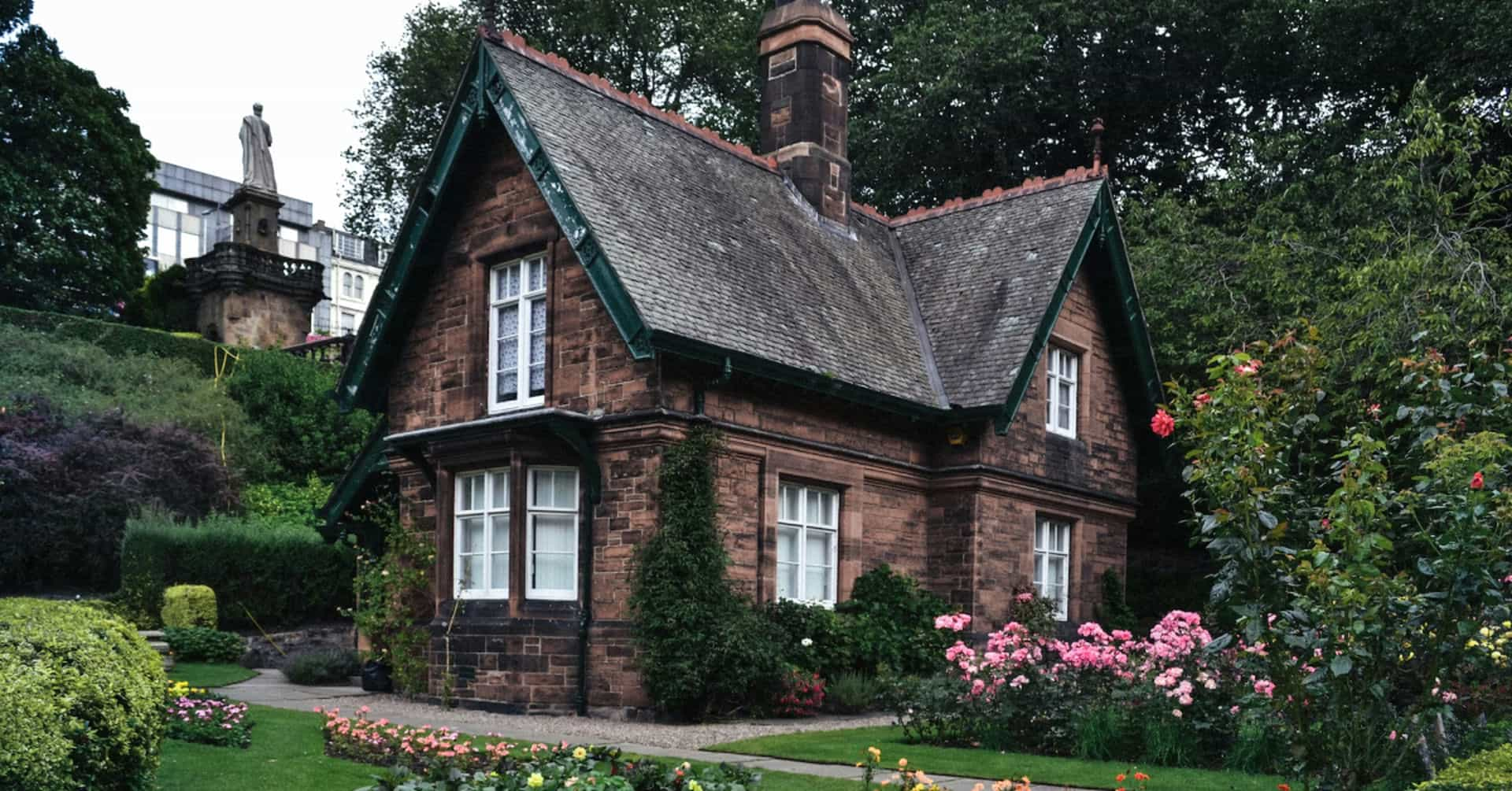What is a Let to Buy mortgage?
A let to Buy mortgage involves letting out your current home so you can buy a new one to live in elsewhere. It often involves raising funds from your current home to fund some or all the deposit for your onward purchase. In most cases it involves having two mortgages, a Let to Buy mortgage on your current home and a standard residential mortgage on your onward purchase.
There are various considerations with Let to Buy’s, including managing two mortgages, the challenges of being a landlord and the cost implications.
A let to Buy can enable you to purchase a property without the need to sell your existing one and therefore buy without a chain. The biggest benefit is having two properties, which is a great investment for the future.
How does a Let to Buy mortgage work?
This typically involves securing a Let to Buy mortgage on your existing home, if you currently have a residential mortgage on the property, the Let to Buy mortgage will need to be large enough to repay the existing residential mortgage. You may be able to borrow over and above the value of your existing mortgage and use the surplus to fund some or all of your deposit. This will be dependent on the amount of equity available in your current home. Let to Buy lenders will generally not allow you to borrow in excess of 75% of the property value and will carry out affordability stress tests based on the potential rental value of your current home.
You will need to raise sufficient funds to cover the deposit and buying costs for the onward purchase. This can be made up with your own funds, e.g savings as well as any equity released from the Let to Buy Mortgage.
For most people they will also require a residential mortgage on your new home to cover the shortfall.
In most cases, but not all, the residential lender will ignore the Let to Buy mortgage from their affordability calculations because they are deemed self-financing. Mortgage lenders will generally insist on the transactions completing simultaneously.
When you purchase a second home and are not “replacing” your main residence you will become liable for an additional 3% stamp duty surcharge, this is in addition to the standard thresholds. At the time of writing (15th February 2023) , if you sell the original property within 36 month’s of the purchase you may be eligible to claim the additional 3% back. Regulations and taxes change so always ensure you check with a qualified accountant.
Whilst there are additional taxes to consider when retaining your current property, some of the costs associated with a sale and purchase will be reduced, for example the need to pay for estate agency fees or solicitor costs for the sale of your property.
What’s the difference between a Let to Buy and a Buy to Let?
A Let to Buy Mortgage is used when you are letting out your current main residence to facilitate purchasing a residential home for you to live in. A Buy to Let is used where a property is currently let or being purchased with the intention to Let from the outset.
Are Let to Buy rate higher than Buy to Let rate’s?
In most cases they are similar, and lenders offer the same rates on both, however there are less lenders offering Let to Buy mortgages. Therefore, the lack of choice amongst lenders compared to Buy to Let can sometimes make them more expensive.
Who is a Let to Buy for?
Quiet simply anyone that want to let out their existing home and buy another one to live in. It’s not for everyone, because you’ll need a good amount of equity in your current property and be willing to take on the responsibilities that come with being a landlord and owning two properties.
They can be used either for relatively short term use, to facilitate a purchase as a “chain free” buyer. Alternatively to fund a second property purchase with the potential to generate a passive income and act as a long term investment.
How much deposit do I need for a Let to Buy?
A minimum 25% equity (Maximum 75% LTV) must be retained in the Let to Buy property, however the amount you can borrow on the Let to Buy will depend on the potential rental income of the property and therefore in some cases you may be unable to borrow up to 75% LTV.
You will also need a deposit for the onward purchase, this will generally be at least 10% of the property value. Your will need to be able to afford a mortgage on the difference between the purchase price and the deposit available to you.
How much can I borrow for a Let to Buy?
Firstly, we will need to calculate how much you can borrow on the Let to Buy mortgage, this will be based on the lenders rental estimate for the current property. The lender will carry out stress tests to ensure the rent can cover the monthly mortgage payments in certain scenarios, for example if interest rates rise to a certain level. If you’re interested in securing a Let to Buy mortgage it’s worth getting a few rental valuations from a few local letting agents.
Secondly, we need to ascertain how much you can borrow on a residential mortgage and if applicable combine figure this with the additional funds released from the Let to mortgage as well as your own funds.
Speak To an Expert
Whether you’ve just had an offer accepted on a property and you’re ready to go, or you’re simply wondering how much you need to save for a deposit, it’s never too soon to reach out.
What criteria do I need to meet for a Let to Buy Mortgage?
It goes without saying you will need to currently own your own home and having a good level of equity in the property is key. In most cases a residential mortgage will be required for on the onward purchase and you will therefore need an earned income as well. Other than that, all the standard mortgage criteria applies with regards to credit score, property type ect.
What are the alternatives to Let to Buy?
You could sell your current property and buy a larger home to live in with more equity freed up. Alternatively you could sell your home and buy another one to live in as well as Buy to Let property, if for example you like the idea of having an investment property but your current home may not make the most suitable Buy to Let.
If you’re simply looking to buy as a “chain free” buyer but have no intention of keeping the property long-term, short-term bridging finance may be more appropriate.
Example
Existing Property value – £300,000
Existing Property current mortgage – £50,000
Arrange a new Let to Buy mortgage on the exiting property at 75% of the property value -£225,000
£50,000 used to repay the existing mortgage, with £175,000 remaining to be used for deposit and buying costs.
£350,000 Onward Purchase
Stamp duty (At additional rate as of 15/02/2023) – £15,500
Other buying costs- Solicitors, survey’s ect – c£4,000
Total required Buying costs- £19,500
Deposit available = £155,500 (£175,000 minus the £19,500 move costs)
£194,500 mortgage required (£350k purchase price minus £155,500 deposit)
Let to Buy mortgage on current property – £225,000
Standard residential mortgage on purchase property – £194,500
STAMP DUTY COSTS LIABLE TO CHANGE
How can Strive Mortgages help?
There are many considerations when thinking about taking on two mortgages, having an experienced broker to walk you through all your options and help you decide if it is the right decision for you can be of real comfort.

